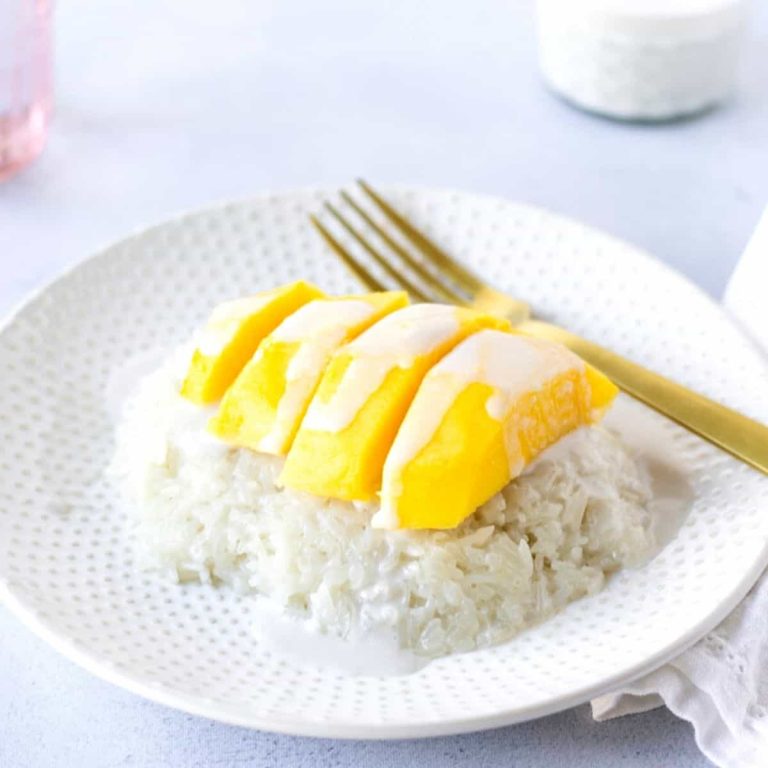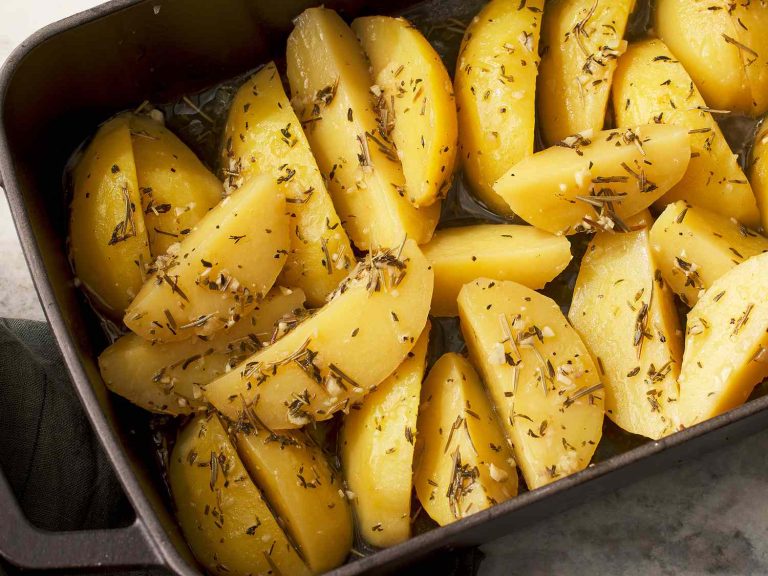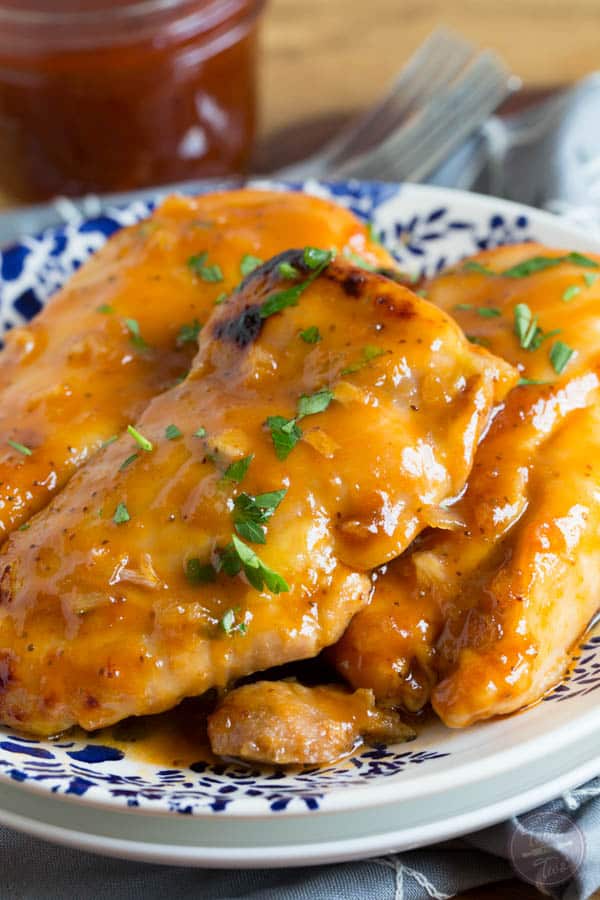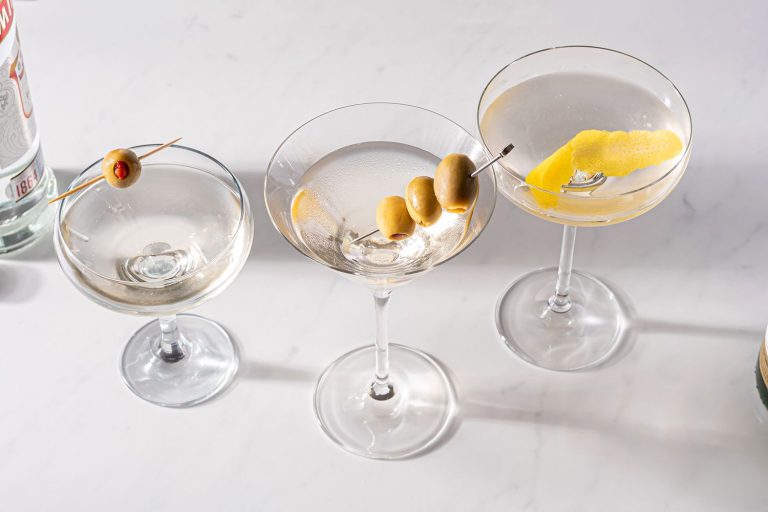Mai Tai: Origins, Classic Recipe, Variations, and Perfect Pairings
The Mai Tai emerged in the midst of mid-20th-century tiki culture, a craze that captivated America with its exotic themes and tropical escapism. Don the Beachcomber, aka Ernest Raymond Beaumont Gantt, is often credited with starting the tiki trend in the 1930s, opening the first tiki bar in Hollywood. This movement led to a surge in popularity for drinks like the Mai Tai, which became emblematic of the tiki lifestyle.
You’d find tiki bars elaborately decorated with bamboo accents, tiki statues, and Polynesian motifs, creating an immersive experience. These establishments served cocktails garnished with fresh fruit, colorful umbrellas, and exotic names. The Mai Tai, with its unique blend of aged rum, lime juice, orgeat syrup, and orange curaçao, epitomized the vibrant tiki culture.
The Controversial Creation Story
The origin of the Mai Tai is a matter of debate between two of tiki culture’s most prominent figures: Victor J. “Trader Vic” Bergeron and Donn Beach (Don the Beachcomber). According to Trader Vic’s claim, he invented the Mai Tai in 1944 at his bar in Oakland, California. He mixed a new concoction for friends from Tahiti who exclaimed, “Mai Tai-Roa Aé!,” meaning “out of this world—the best,” thus giving the cocktail its name.
Conversely, Donn Beach asserted that he created a similar drink in the 1930s, predating Trader Vic’s version by nearly a decade. Beach’s recipe included different ingredients like Angostura bitters and falernum syrup, setting it apart from Bergeron’s. Despite the dispute, Trader Vic’s version gained widespread recognition, solidifying its place as a classic tiki cocktail.
| Claimant | Year | Ingredients Highlights |
|---|---|---|
| Trader Vic | 1944 | Aged rum, lime juice, orgeat, orange curaçao |
| Donn Beach | 1930s | Rum, lime, falernum, Angostura bitters |
The Mai Tai’s origin story remains contested, but its influence on tiki culture is undeniable.
Key Ingredients of a Mai Tai
The Role of Rum
Rum is the cornerstone of a Mai Tai. The original recipe often uses two types of rum: a rich, aged rum and a lighter one. This blend creates a complex flavor profile. Aged rum adds depth with its smooth, molasses undertones, while the lighter rum brings a more straightforward sweetness. Opt for quality brands to ensure the best taste.
Fresh Juices and Orgeat Syrup
Fresh juices elevate the Mai Tai’s taste. Lime juice adds a tart, refreshing note, balancing the rum’s sweetness. Make sure to use freshly squeezed lime juice instead of bottled to capture the natural zest.
Orgeat syrup is another essential ingredient. Made from almonds, sugar, and rose or orange flower water, it provides a nutty, slightly floral undertone. This syrup complements the other flavors and adds a layer of sophistication to the cocktail.
Variations of the Mai Tai Recipe
Geographic Twists on the Classic
Different regions put their own spin on the classic Mai Tai. In Hawaii, you often find variations incorporating pineapple juice for a tropical flair. This adds a distinctive sweetness and a lush, fruity profile. Meanwhile, in the Caribbean, bartenders sometimes substitute locally-produced rums, like those from Jamaica or Martinique, to lend unique flavors tied to their regional heritage. The use of dark rums creates a richer, deeper taste compared to the traditional light and gold rum blend commonly found in the original recipe.
Contemporary Variations
Modern bartenders experiment extensively with the Mai Tai, introducing innovative ingredients and techniques. Many contemporary versions now include flavored syrups, like passion fruit or guava, to update the cocktail for today’s palates. Others switch out traditional orgeat syrup with nut-based alternatives, such as macadamia nut syrup. Additionally, some bartenders add bitters or infuse the cocktail with exotic spices for extra complexity. Creative presentations, like serving the Mai Tai in hollowed-out pineapples or coconuts, enhance the visual appeal and the drinking experience.
Incorporate these variations to experience the Mai Tai’s evolving nature. Explore the diverse flavors and enjoy a contemporary twist on this classic tiki cocktail.
How to Make the Perfect Mai Tai
Step-by-Step Guide
- Gather Ingredients
- Use 1 oz. of white rum, 1 oz. of dark rum, 3/4 oz. of fresh lime juice, 1/2 oz. of orgeat syrup, 1/2 oz. of orange curaçao, and 1/4 oz. of simple syrup.
- Prepare Your Glass
- Opt for a double old-fashioned glass or a tiki mug. Fill it with crushed ice to keep your Mai Tai chilled.
- Mix the Ingredients
- Combine white rum, lime juice, orgeat syrup, orange curaçao, and simple syrup in a cocktail shaker. Add ice and shake vigorously for 15 seconds.
- Strain and Add Dark Rum
- Strain the mixture into your prepared glass filled with fresh crushed ice. Float the dark rum on top by gently pouring it over the back of a spoon.
- Garnish
- Garnish with a lime wheel and a sprig of fresh mint for enhanced visual appeal and aroma.
- Quality Rum Selection
- Choose quality rums from reputable brands. Aged rums offer complex flavors that can elevate your Mai Tai.
- Fresh Ingredients
- Always use fresh lime juice instead of bottled versions. Fresh ingredients ensure a vibrant and authentic taste.
- Orgeat Syrup
- Opt for high-quality orgeat syrup, preferably homemade or from a respected source. It adds a rich almond flavor essential to the Mai Tai.
- Proper Shaking Technique
- Shake the cocktail thoroughly to blend flavors and chill the mixture effectively. Vigorously shaking can also create a nice frothy texture.
- Crushed Ice
- Use crushed ice to maintain the cold temperature and achieve proper dilution. It also contributes to the aesthetic of a classic tiki cocktail.
- Balance Sweetness and Acidity
- Adjust the ratio of simple syrup and lime juice to balance sweetness and acidity. Taste as you mix to find your perfect balance.
- Presentation
- Serve in unique tiki mugs or hollowed-out pineapples for an authentic experience. Creative presentations enhance the drinking experience.
Mai Tai Pairings and Serving Suggestions
Ideal Foods to Complement a Mai Tai
Pairing a Mai Tai with specific foods enhances both its flavors and the culinary experience. Opt for tropical or Polynesian dishes. Grilled seafood, like shrimp or mahi-mahi, works well due to its light, fresh profile. Spicy foods, such as Thai curries or jerk chicken, provide a delightful contrast to the sweet and tart elements of the cocktail. Salty snacks, like roasted nuts or crispy spring rolls, balance the drink’s sweetness. For dessert, go for fruit-based options like pineapple upside-down cake or mango sorbet. These choices complement the cocktail’s profile and deliver a harmonious dining experience.
Presentation and Garnishes
Presenting a Mai Tai properly elevates the overall experience. Use a double old-fashioned glass for authenticity. Fill it with crushed ice to maintain the cocktail’s chill. Garnishes play a crucial role in both aesthetics and aroma. Traditional garnishes include a lime wheel, mint sprig, and a cherry. Some variations feature an extra splash of dark rum on top, often referred to as a “floater,” which adds depth. Edible flowers or fresh pineapple slices can add a creative touch. Ensure that garnishes enhance the drink’s visual appeal and aromatic profiles, providing a multi-sensory experience for your guests.
Conclusion
The Mai Tai isn’t just a cocktail; it’s a journey through tiki culture and tropical flavors. Whether you’re enjoying a classic recipe or a modern twist, the right ingredients and presentation make all the difference. Pair it with the perfect dish and garnish it to impress, and you’ll elevate your Mai Tai experience to new heights. So next time you’re in the mood for a tropical escape, mix up a Mai Tai and let its vibrant flavors transport you.
_NT10.png)





